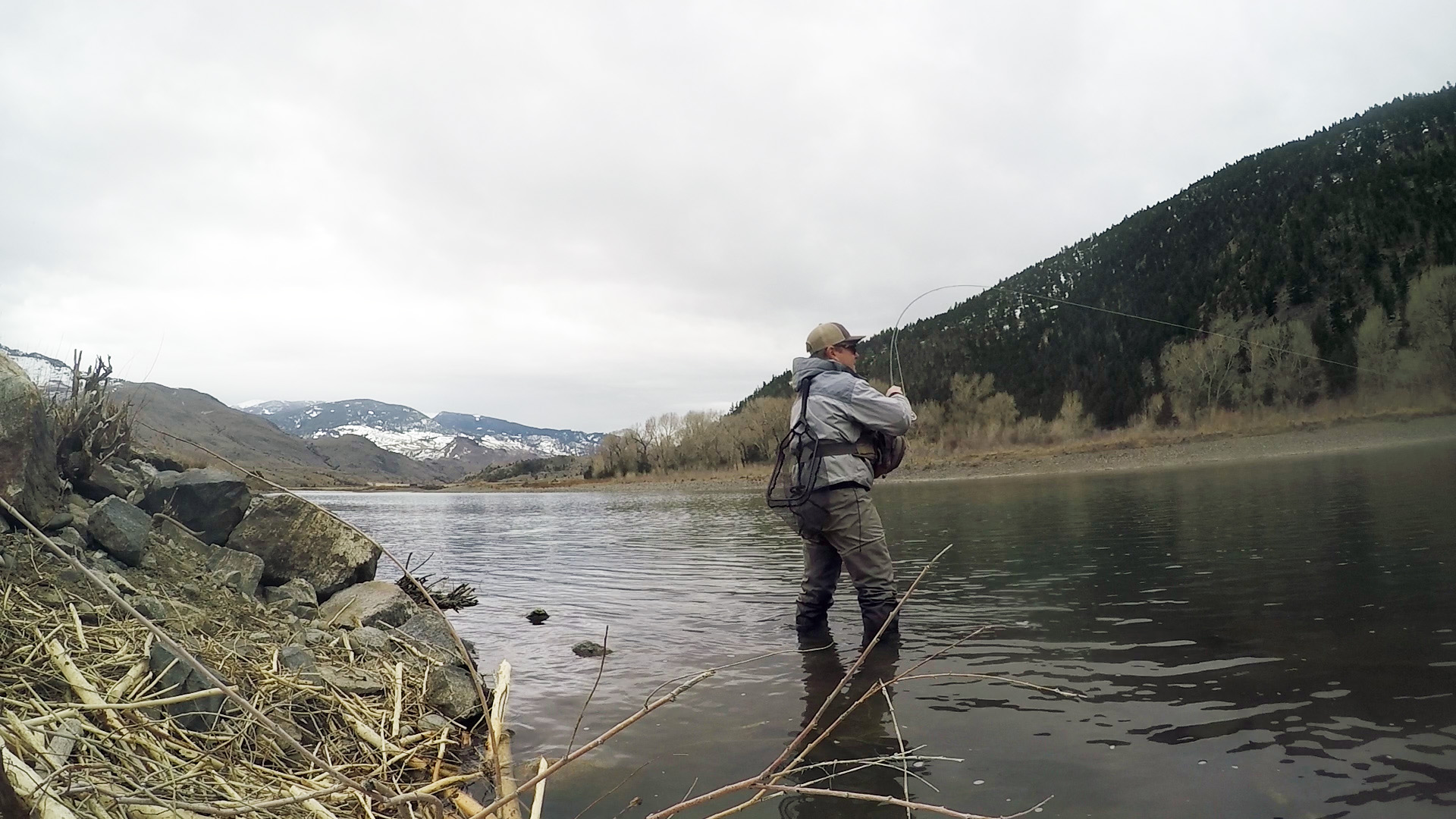
The hook set, often overlooked, but oh so important. It’s a technique that beginners struggle mightily with, even when the guide is yelling “set!” Improve your hook set, and you’re guaranteed to land a bunch more fish.
The principle is simple. During the short time that a fish has your fly in its mouth, you need to move that fly an inch or two so that it gets buried in the fish’s jaw. In practice, that involves quickly tightening your line and leader enough to move the fly while it’s still in the fish’s mouth. That’s the downfall of many a novice angler.
The first key is to set the hook quickly. A fish will only hold a fly in its mouth for a second or so before it’s spit out. In that second, you need to move the fly. That’s usually accomplished by raising your rod tip over your head to tighten the line between you and the fish. There’s no time for hesitation. As soon as you have the slightest suspicion that a fish has taken your fly, get that rod tip up! Better safe than sorry. If you wait to think about whether or not you’ve gotten a take, you will be too late and the fish will be gone.
If you’re fishing with a dry fly, you usually have a pretty good idea when a fish has taken your fly. You may actually see the fish come up, or your fly will disappear in the rings of a rise. Again, there’s no time to marvel at the take; tighten that line before the fish has time to spit out your fly. There are, of course, exceptions to every rule. Occasionally, you will see a trout as it rises slowly to inspect and hopefully take your fly (cutthroats are notorious for this). In that case, you need to hold off until the fish has actually taken the fly into its mouth before you set the hook.
Nymphing under an indicator is another matter altogether. Takes are subtle and are transmitted through the actions of the indicator. In general, if the indicator goes under water, or even pauses in its downstream float, set the hook. Nine times out of ten (or sometimes 99 times out of 100), your fly or split-shot has just hit a rock, but you don’t want to miss that one time that a fish has inhaled your nymph. If you do find that you’re making a lot of “empty” hook sets, try adjusting your indicator a little (or remove a little weight) so that the nymph rides just above the river bottom and doesn’t bounce on the bottom quite as much. Still, I find that I am setting the hook on every second or third cast when I’m nymph-fishing over a rocky bottom.
How hard should you set the hook? That depends. As I mentioned earlier, you only have to move the fly an inch or two, and you don’t want to rip it out of the fish’s mouth (or send a small fish flying over your head). But that short movement is complicated by the amount of line between you and the fish and the slack that’s in that line. You often have to get a fair amount of slack out of the line before you come tight to the fish. And, again, you need to do so very quickly. I often tell novice anglers to set the hook assertively, but not violently. Immediately move the rod tip up and back with enough force to tighten the slack and move the fly. The tricky part is not to use so much force that you break your leader, particularly if you’re using fine tippet. Practice makes perfect. Over time, you’ll develop a sense of how hard to set the hook, depending on how much slack is in the line and the strength of your tippet. In general, however, I find that most novice anglers are too timid and gentle with their hook sets.
There are some nuances; there always are in fly fishing. For example, if you have a lot of slack out on the water (perhaps just after a mend), you can strip line in with your off hand as you raise the rod with your rod hand. And an “empty” hook set can transition into an immediate cast to get your fly back into the water. As soon as you perceive that there’s not a fish on the end of your leader, simply continue with a normal back-cast motion and then cast your fly right back into the water in front of you. Again, this takes practice. But practice means more fishing, and you can’t complain about that.
While we’re on the topic of hook sets, here’s a somewhat silly video of just that:
0


Leave a Reply
You must be logged in to post a comment.